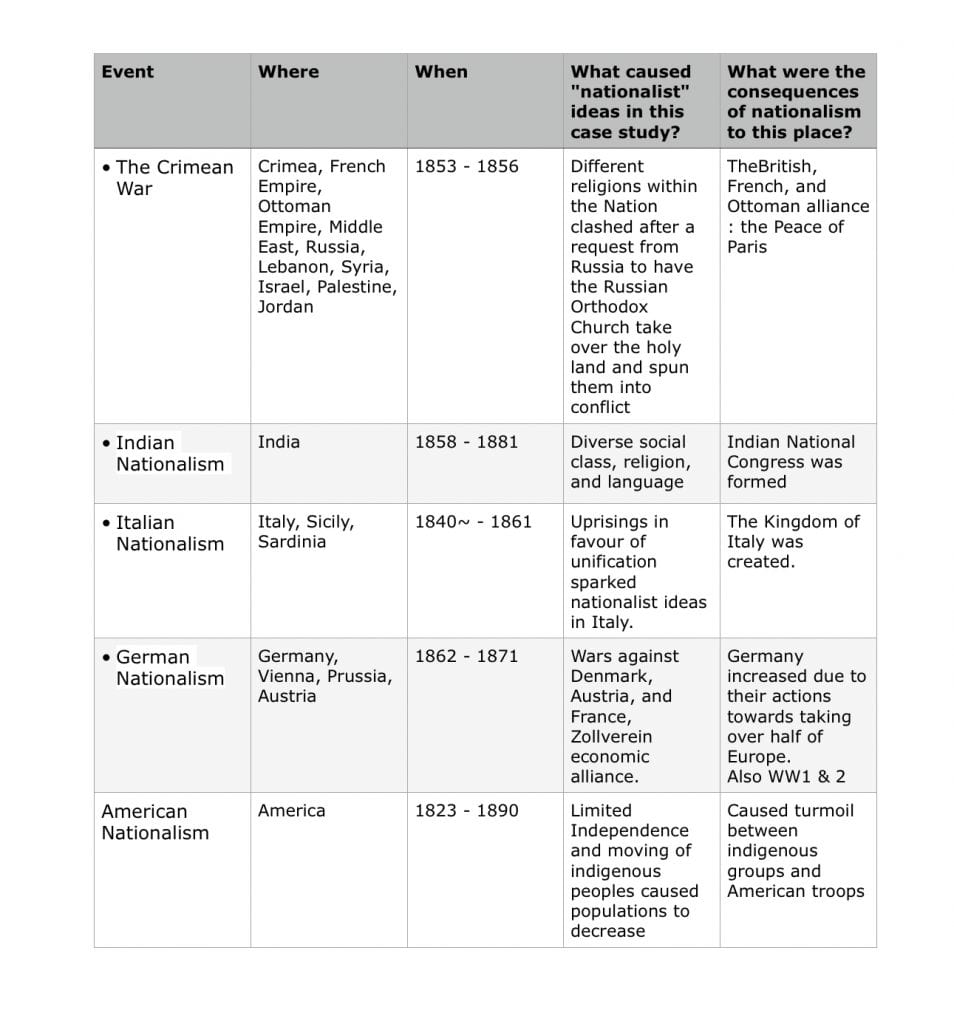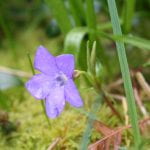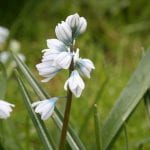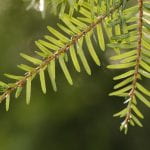🌲How Can an Understanding of Nationalism of the Past, Help us Make Sense of Today?🌲
🌲Hello and welcome back to the forest of learning! In this blog post, you will see the process of creating an informative instagram post about an important event that occurred in history and relate it to the idea of nationalism. The topic options were all between the 1750’s and pre-WWI. Most of the topics were based in Canada, and I personally chose the Red River Resistance that occurred in 1869. This project took place over the span of about one month and was pretty short. This was a (mostly) independent project that was predominantly research and opinion based and is why I really enjoyed it! I am happy with the growth I exemplified in this project and I loved learning about my topic. If you are interested, than just keep reading! (Reading, Reading🐟)🌲
As always, we followed the project path throughout the course of the project;

To start this project off, we had a some fun learning about what exactly “Nationalism” is. Specifically, Canadian nationalism. Nationalism can be understood as many things but the concept we focussed on was having values within a nation that provided the nation with an identity from those values. To understand this a bit better, we created a “Canadian Check” video that allowed us to creatively present three Canadian stereotypes that is commonly used to identify us as a nation.

This was our Canadian Check video that was created alongside Hannah and Sepaus!
To break this down a little, let’s take a common stereotype: Canadians always apologize. This shows the idea of nationalism because our nation values taking responsibility, kindness, and acknowledgment of one another. Because of this, we implemented “sorry” as a common phrase to express acknowledgment of one’s actions, even if they weren’t necessarily in the wrong. This phrase has now developed into a part of our identity as a nation.

So, now that we have established an idea of what nationalism is, it is time to start making some connections! To do so, we were each randomly assigned a date to complete a “Current Event” presentation. Since we were able to have freedom of our topic, I presented my Current Event about what I call the “Reconciliation Games”. The main challenge of this assignment was the fact that we had to find a way to connect our event/topic to nationalism, which, at the time, I was still a bit unsure as to what that meant. This assignment helped me gain a better understanding about what nationalism in present day is though, so I found it very valuable. If you would like to read it, feel free to check out my current event here:
✏️Current Event
I feel that I did well at growing my communication skills here because I successfully presented my information with a confident, clear, concise, and well spoken manner. I also had to be confident enough with my topic to guide a 5 minute discussion, which, I believe I did well at. Every time I present, I genuinely feel like I get better at public speaking; a long term fear of mine. Even though it was just in front of five people at the time, I was still nervous, and I am proud of the way I overcame that nervousness. In other words, I continued to grow my “Communicate Compellingly” competency and I believe this presentation represented my growth very well.

Now for our “Building Knowledge” portion of the project! Before we dove into our individual topics, we needed to learn about Upper and Lower Canada, the Canadian Confederation, and nationalism across the world. To do this, we completed three activities. To learn about nationalism across the world, we read about 1-3 pages about each country/topic and created a nationalism jigsaw, or, really just a chart filled with information about each topic. We learned about The Crimean War, Indian Nationalism, Italian Nationalism, German Nationalism, and American Nationalism.

To learn about Upper and Lower Canada, we participated in a digital simulation called “Rebellion Scene Investigation” taking us through both territories and allowing us to talk to the people within each territory to learn more about what is happening in Canada at that time. I believe understanding historical perspectives here was very important, because in order to come to conclusions about Canada at the time, we needed to understand the perspective of the past. In addition to taking notes, we were also initially going to write a report about our investigation, but, unfortunately we did not end up completing it. I really enjoyed this activity because I felt that it was a really creative way to help us learn about this topic, and I can now make a reasonable conclusion as to what key events triggered the rebellions in 1837 in both Lower Canada and Upper Canada.
📝Rebellion Scene Investigation Document
For our final ‘activity’ before diving into our topics, we participated in a “Confederation Simulation”. This simulation helped us understand the historical perspectives in the event of the Canadian Confederation of 1867 and the road to it. In this simulation, we were split into six colonies: Canada East, Canada West, Prince Edward Island, Nova Scotia, New Brunswick, and Newfoundland. I was personally assigned to Canada East along with my group Mickey, Carter, and Ben. This simulation took place across about two weeks. We were first educated about our topic and then created a preliminary proposal which included our demands as a nation. This proposal was finalized and presented in front of the class. At the end of the simulation, our King, Mr. Harris, presented the Confederation proposal and what it would offer each colony. As it turned out, for Canada East, pretty much all of our requests were fulfilled in this confederation agreement, and therefore we decided to join.


At the end of this simulation, we wrote a reflection and you can read mine here:

Now, it’s the moment we’ve all been waiting for!.. just kidding, you probably aren’t that excited but- it is time to talk about the process of diving into our topics. As I mentioned in the start of this post, the goal of this project is to create an informative instagram post about our topic along with 3 images, a caption, and an opinion piece. To do this, we had to first choose our topic.
These were my top three choices (it was really hard to choose! I was excited about so many!):

These were all of the options we had to choose from!⬇️

I ended up getting my first choice which was the Red River Resistance! Now, as I mentioned earlier, this was a mostly independent project. In most of our topic groups, we were paired with two other people that were also going to be researching the same topic as you- however, it was not a collaboration. My topic group, the Red River Resistance, included Colton, Jocelyn, and yours truly.

To start, we needed to become educated on our topic. We created a research document that included research with at least three sources that would help us gain a strong understanding. This document allowed us to gain an understanding of our topic from a variety of sources and thus helped us to work on evaluating the relevance, accuracy, and reliability of sources. Now, I made my research document just a tinny bit- okay, a lot bit overboard with all of the extra sections, but, I am overall really happy that I did. I believe that research is the most important part of any sort of topic based project or assignment, because knowing your topic sets you up to be really confident when writing about it.
📝Red River Resistance Research Document
For the next portion of our project, it was time to start working on our caption! The caption needed to educate our audience on our topic and answer the driving question in 100 words or less. I struggled with that quite a bit because there was SO much that I wanted to write about. I would have preferred to write an essay about the topic rather than try and fit all of this key information into a 100 word caption, but I grew so much doing it! As someone who loves to write, writing concisely is something that I struggle with so I am actually really glad I was able to practice this skill. Luckily, I got some help from Fraser, Ava, Alfie, and Nolan (they are all absolutely lovely humans) to shape my caption into its final state:

After writing our individual caption, we met with our topic groups to combine all three of ours into one beautiful caption. And, yeah, that didn’t happen. It was a bit of a mess to try and mold everyone’s together, especially since each caption was really well written. In the end, we created this as our final caption, which, I mean, isn’t too bad, but I am still not completely satisfied with it.
The Red River Resistance was a vital part of Canada’s foundation. The uprising took place from 1869 – 1870 in the Red River Colony. The resistance began when the territory of Rupert’s Land exchanged ownership from the HBC to the Canadian Government. The government didn’t acknowledge the Métis inhabitants which lead to fear of potential loss of their culture. Lead by Louis Riel, they rebelled to preserve their culture. In doing so they formed a provisional government which resulted in the formation of Manitoba. This event showcases the Métis sense of nationalism in being prideful of their culture and fighting to preserve it while striving for autonomy.
After our caption was formed, it was now time to create our 3 images! Our 3 images would be in our post to support our caption. One would be a quote, one would be a “Drawn On”, and one would be a freestyle/choice. For many, this was a highlight, but, for some reason I really struggled with this portion of the project. I am usually fairly decent when it comes to graphic design and visual representation which is why I was in a bit of a slump when realizing that I had absolutely no vision for what I would do for my 3 images. I think, because my topic is so large, it was hard for me to visualize key events in the story. I struggled pretty hard and asked for help from my friends to get some feedback on some of my ~interesting~ drafts. (thank you Ariane, Alfie, and Fraser– you guys are awesome!).
My ~interesting~ Drafts
[metagallery id=1725]
After A LOT of revision, I finally ended up with these three images:
Now, here’s the twist: only one of these images were actually going to be in the post. Since there was three people in our topic group, each one of us would contribute one awesome photo. In our group, we decided that we would use my drawn on photo, Colton would contribute his quote, and Jocelyn would contribute her choice. But- there is another twist! Unfortunately Jocelyn was away for several classes, which meant we actually had to use my choice photo instead. This was a bit challenging, especially since I was not prepared for it to be a final image yet, but, flexibility is a tortoise trait! (As Ms. Willemse says). The final step was ensuring our image was absolutely fantastic and ready to post.
Here is how my final images turned out:

Drawn on Image
Explanation: For my drawn on image, my goal was to represent the story of the red river resistance through visual representations. Each symbol represents a key event/series of events/person that was in the story of the Red River Resistance. Starting at the top, the eye represents historical perspective, or, in other words, you and other historians. You are learning about the story of this event, and your perspective has the power to do so much. The second image represents the Red River colony and the start of the rebellion when Rupert’s land exchanged ownership from the Hudson’s Bay Company to the Canadian Government. The person with the Metis flag represents the fact that they were not factored into the ruling of their land, and had to fight to get to that point. The third image is Louis Riel, who led the Metis in rebellion. The fourth image represents the provincial government which was formed as a result of the rebellion. In the image, the majority of the seats are taken up by the Canadian Government which is demonstrating the lack of control that the Metis have, even after reaching a provincial government. And finally, the Canadian flag represents the way that this story has lead to the modern day canada we see today.
The background image is of the Metis recent leader David N. Chartrand who is seen celebrating the official recognition of this event in the form of a stamp across canada.

Choice : Collage
Don’t worry- this explanation won’t be quite as long..
Explanation: This collage also symbolizes he story of the Red River Resistance this time through images. Each image represents either the location, colony, rebellion, Louis Riel, or the Metis.

The next step was to write an opinion piece to include in our post. The goal of this was to express your opinion on your topic and support it with evidence. The Red River Resistance is a topic that I feel is pretty difficult to have a strong opinion about, and is why I am still left undecided with my overall opinion on this topic. In my writing, I really tried to frame it in a way the the audience can form their own opinion based on the facts. Overall, I am really happy with the way my opinion piece turned out!

And, after a lot of hard work, here is how our final instagram post turned out! ⬇️
View this post on Instagram
🌲Overall, this was a pretty interesting project! I am really happy with the topic I ended up choosing and I believe I did a really great job at getting to know my topic well and working on my competency profile 4 of collaborating. Even though I am not completely satisfied with the work I ended up collectively producing, I am still happy with how much I was able to learn in this project. So, how can an understanding of nationalism of the past, help us make sense of today? Well, understanding nationalism in past can allow us to connect to history and understand the events that lead to the formation of our modern day life and understand that identity is constructed and can change over time. Nationalism is an important concept, and I am happy with the knowledge that I have gained and the growth I demonstrated in this project! 🌲
As always, than you for watching me grow in the forest of
🌲learning🌲























Leave a Reply